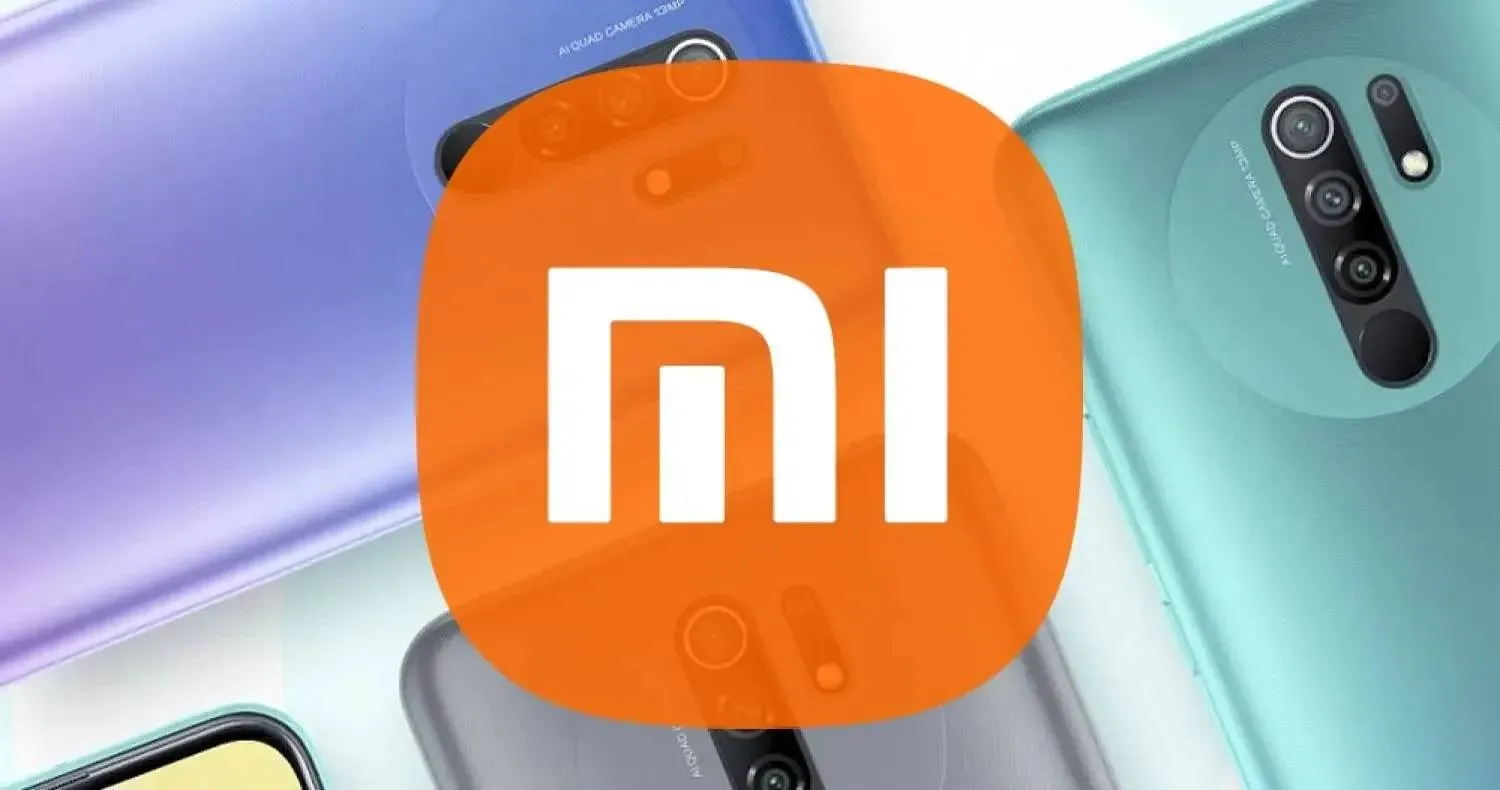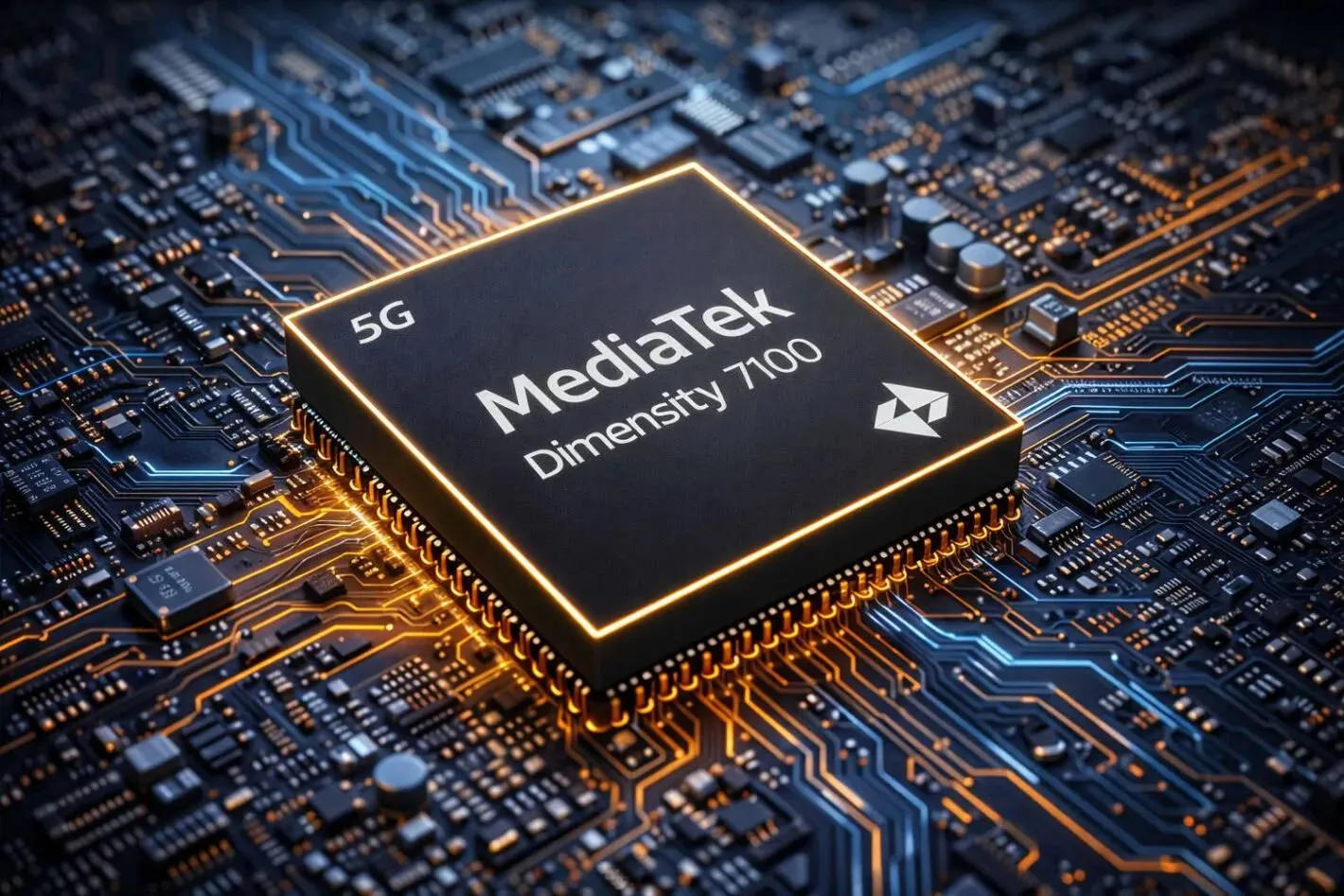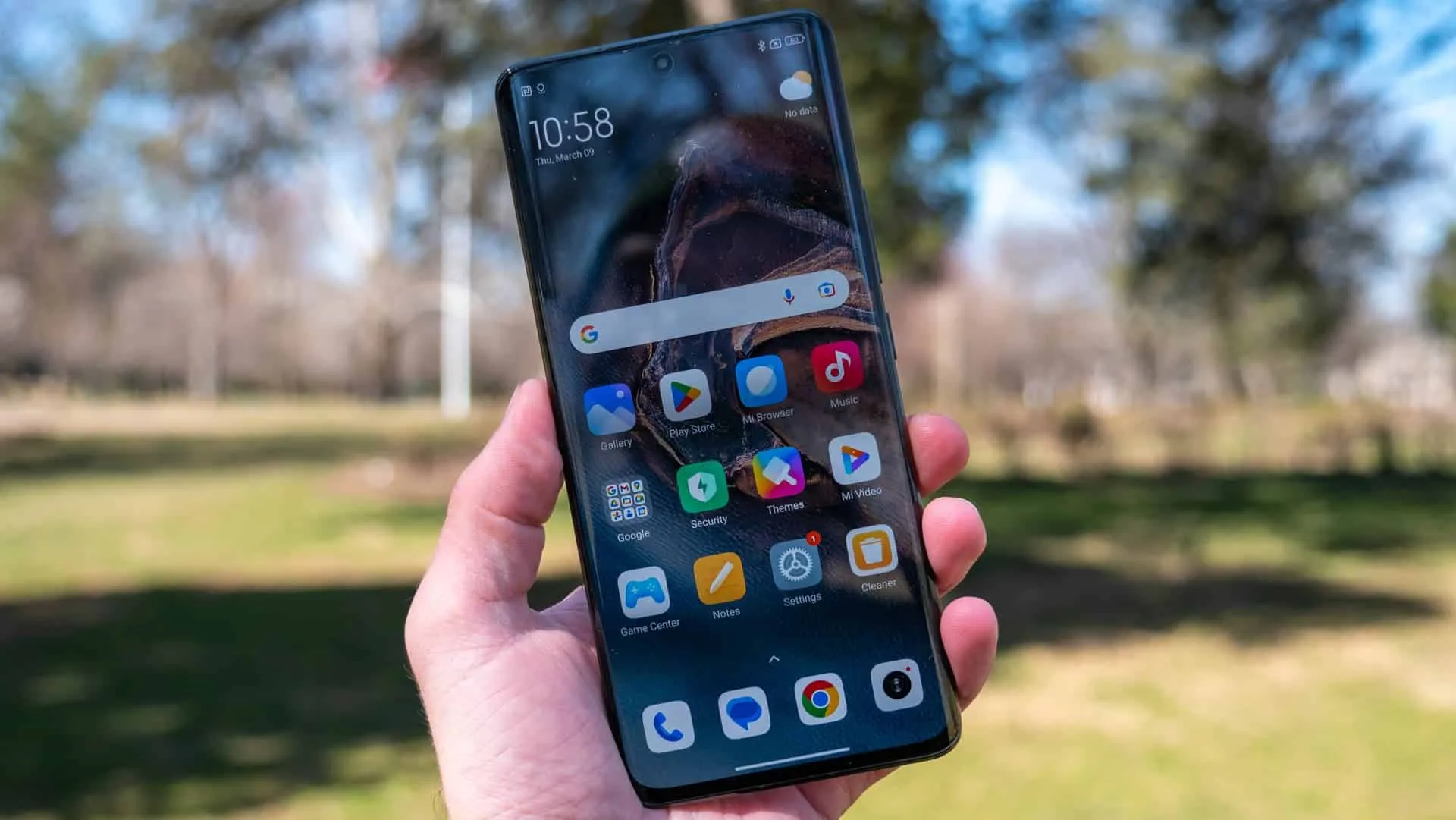
Xiaomi smartphones are known for their user-centric features, offering extensive customization options and granular control over battery usage. This applies not only to the MIUI operating system but also to custom ROMs like HyperOS. However, certain pre-installed functionalities, while intended to be helpful, can sometimes hinder performance, especially on devices with less powerful hardware. Fortunately, by selectively disabling these features, you can potentially improve your phone's responsiveness and overall user experience.
Optimizing Performance on Xiaomi Devices: Disabling Unnecessary Features
Identifying Performance Bottlenecks on Xiaomi Phones
If you feel your Xiaomi phone is sluggish, several strategies can address the issue. The most common solutions include uninstalling unused applications, managing background app activity to minimize resource consumption, and freeing up storage space. Additionally, disabling certain built-in features that may not be essential for your workflow can yield noticeable performance gains.
Understanding MIUI System Ads (MSA)
One such feature is the MIUI System Ads service, abbreviated as MSA. As the name suggests, MSA is responsible for displaying advertisements within the MIUI interface. This functionality is present in both MIUI and its derivative, HyperOS. Thankfully, disabling MSA is a straightforward process that can improve performance and eliminate unwanted advertisements.
Disabling MSA on Xiaomi Devices
Here's a step-by-step guide on how to disable MSA:
- Open the Settings application on your Xiaomi, Redmi, or POCO phone.
- Navigate to the Security or Security & Privacy section. The specific terminology may vary depending on your device model and MIUI/HyperOS version.
- Locate the Authorization & Revocation (or Authorization & Cancellation in some regions) option and tap on it.
- Within the Authorization & Revocation menu, find the MSA entry and toggle the switch to the Off position.
- The system will prompt you to confirm the deactivation after a short delay. Tap on Revoke to permanently disable MSA.
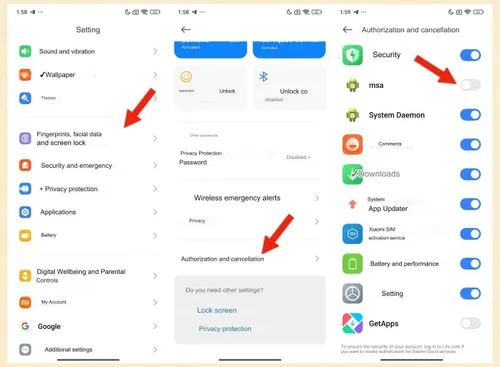
Image Credit: Xatakandroid
Restarting Your Phone (Optional)
While not strictly necessary, restarting your device after disabling MSA is recommended. This allows the system to finalize any changes and ensures MSA is definitively deactivated. After the restart, your Xiaomi phone will no longer allocate resources to the ad service, potentially leading to a performance boost.
Additional Considerations: Disabling GetApps
While on the Authorization & Revocation screen, you might also consider disabling the GetApps service. GetApps is Xiaomi's proprietary app store. If you primarily use the Google Play Store for app downloads, you can safely disable GetApps to free up background resources. Remember, you can always re-enable GetApps from the settings menu if needed.
Beyond MSA: Exploring Other Performance Optimization Options
Disabling MSA is a simple yet effective way to improve performance on Xiaomi devices. However, there are additional steps you can explore for further optimization:
- Limit Background Activity: Most applications continue to run background processes even when not actively in use. Restrict unnecessary background activity through the App Management section in settings. This can significantly reduce resource consumption.
- Disable Animations: System animations, while visually appealing, can contribute to perceived sluggishness. Many Xiaomi devices allow users to adjust or disable animation settings for a smoother user experience. Look for options related to Developer Options or System animations within the settings menu.
- Consider a Custom ROM: If you're comfortable with advanced customization, consider installing a custom ROM like HyperOS. Custom ROMs often offer a bloatware-free experience, meaning they come pre-installed with fewer unnecessary applications that could impact performance.
Optimizing Performance on Xiaomi Devices: Disabling Unnecessary Features
Risks and Precautions
While disabling features like MSA can improve performance, it's crucial to approach system modifications with caution. Here are some essential points to consider:
- Understanding Functionality: Before disabling any feature, ensure you comprehend its purpose. Researching online resources specific to your device model and MIUI/HyperOS version can provide valuable insights. Disabling a critical system function can lead to unintended consequences.
- Data Backups: It's always a good practice to create a backup of your important data before making significant changes to system settings. This ensures you can restore your device to a previous state if necessary.
- Official Sources: Only download and install updates or custom ROMs from official sources provided by Xiaomi or trusted third-party developers. Unverified sources can contain malware or compromise your device's security.
Advanced Techniques (For Technically Inclined Users Only)
For users comfortable with advanced customization, additional optimization techniques exist, but these come with inherent risks:
- Rooting: Rooting grants users administrative-level access to the device's operating system. This allows for deeper customization and performance tweaks but can also void your warranty and potentially expose your device to security vulnerabilities. Rooting is not recommended for casual users.
- Automation Tools: Third-party automation tools promise to optimize your device with a single click. However, these tools can often be unreliable and may cause unexpected behavior. Proceed with extreme caution if considering such tools.
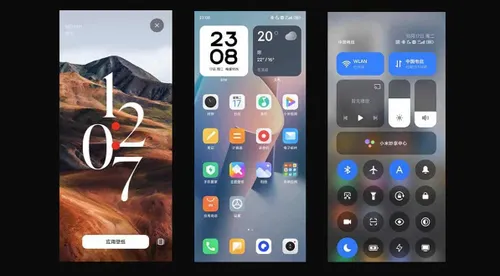
Impact on Battery Life
Disabling features like MSA and GetApps can positively impact battery life. By reducing background activity and resource consumption, your phone requires less power to function smoothly. Additionally, limiting background app refresh and disabling unnecessary animations can further extend battery life between charges.
MIUI vs. HyperOS: A Performance Perspective
Both MIUI and HyperOS are operating systems based on the Android Open Source Project (AOSP). However, some key differences can affect performance:
- Bloatware: MIUI is known to come pre-installed with more system applications (bloatware) compared to HyperOS. These bloatware apps can consume resources and potentially slow down your device. HyperOS often takes a more minimalist approach, offering a cleaner and potentially faster experience.
- Customization: MIUI offers a wider range of customization options compared to HyperOS. While this flexibility allows for a more personalized experience, it can also add complexity and potentially impact performance. HyperOS prioritizes a streamlined experience, potentially leading to smoother performance.
- Updates: Xiaomi typically releases updates for MIUI more frequently than for HyperOS. These updates often include performance optimizations and bug fixes. However, frequent updates can sometimes introduce new issues or slow down older devices. HyperOS, with its less frequent update cycle, may offer more consistent performance over time, especially for older Xiaomi devices.
Choosing Between MIUI and HyperOS
The choice between MIUI and HyperOS depends on your individual preferences. If you prioritize extensive customization and frequent updates, MIUI might be a good fit. However, if performance and a bloatware-free experience are your top concerns, HyperOS could be the better option.
Conclusion
By strategically disabling features, managing background processes, and adjusting system settings, you can significantly optimize your Xiaomi phone for improved performance and battery life. Remember, the most effective strategies will vary depending on your device model, usage habits, and technical expertise. Experimenting with different options and consulting online resources specific to your Xiaomi phone will help you achieve the smoothest and most efficient user experience possible.
Loading
